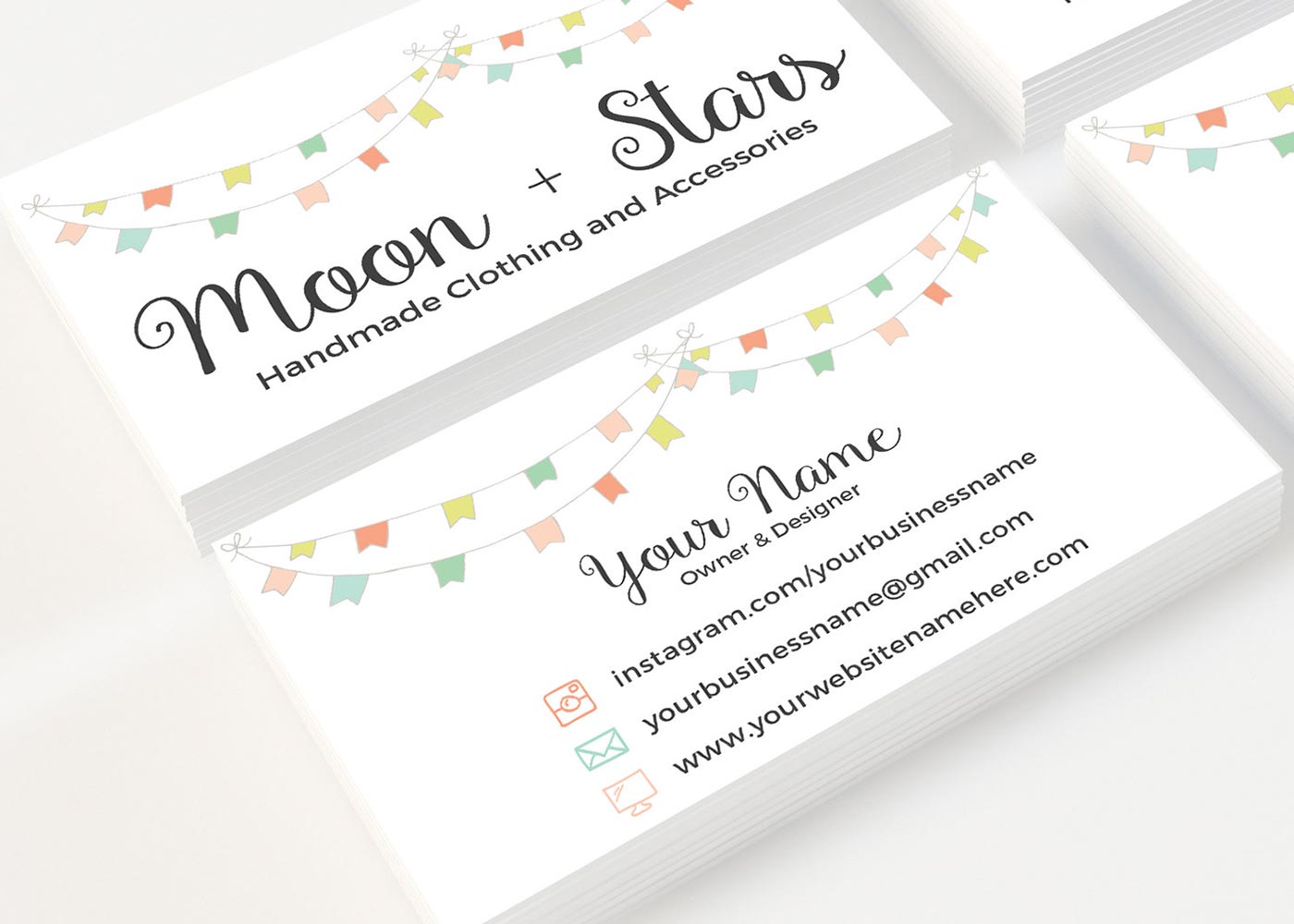
In the age of digital media, video content creation has become an essential skill for marketers, influencers, and businesses alike. Creating engaging and high-quality video content can significantly boost your online presence, attract new audiences, and drive conversions. However, mastering video content creation requires a combination of planning, technical skills, and creativity. Here are some tips and tools to help you master the art of video content creation.
Planning Your Content
Successful video content creation starts with thorough planning. Define your goals and target audience before you begin filming. Are you aiming to inform, entertain, or promote a product? Understanding your audience's preferences and pain points will help you create content that resonates with them.
Outline your video's structure, including the key points you want to cover and the call to action (CTA). A well-planned script ensures that your video flows smoothly and keeps viewers engaged from start to finish. Additionally, creating a storyboard can help visualize the sequence of scenes and ensure that all necessary shots are captured during filming.
Choosing the Right Tools
The right tools can make a significant difference in the quality and efficiency of your video content creation process. Here are some essential tools to consider:
Camera and Equipment: While smartphones can capture high-quality footage, investing in a good camera and microphone can enhance your video's production value. DSLRs or mirrorless cameras offer superior image quality, and external microphones provide clearer audio. Tripods, lighting kits, and stabilizers are also essential for professional-looking videos.
Editing Software: User-friendly editing software like Adobe Premiere Pro, Final Cut Pro, and DaVinci Resolve offers a range of features to refine your videos. These programs provide advanced editing capabilities, including multi-camera editing, 3D editing, and motion graphics. For those new to video editing, tools like iMovie, Filmora, and AI video generators provide an intuitive interface and basic editing capabilities. AI video generator technology tool, in particular, use artificial intelligence to automate video creation by transforming text, images, or audio into fully edited video content, making it easier for beginners to produce professional-looking videos with minimal effort.
AI Video Editors: AI-powered tools like Magisto and InVideo can streamline the editing process by automating tasks such as scene detection, color correction, and audio balancing. These tools are particularly useful for creators looking to produce high-quality videos quickly and efficiently. Magisto's AI analyzes the footage to create a polished video, while InVideo offers templates and AI-driven editing suggestions to enhance the final product.
Capturing High-Quality Footage
The quality of your footage plays a crucial role in the success of your video content. Here are some tips for capturing high-quality footage:
Lighting: Good lighting is essential for clear and visually appealing videos. Natural light is ideal, but if you're shooting indoors, consider using softbox lights or ring lights to eliminate shadows and create a professional look. Ensure consistent lighting throughout the shoot to maintain visual continuity.
Audio: Clear audio is just as important as clear visuals. Use an external microphone to capture high-quality sound and minimize background noise. Test your audio levels before recording to ensure clarity. Additionally, consider using a windscreen or pop filter to reduce unwanted noise and improve audio quality.
Composition: Pay attention to the composition of your shots. Use the rule of thirds to create balanced and visually interesting frames. Experiment with different angles and perspectives to add variety to your footage. Ensure that your subject is well-framed and that the background is not distracting.
Stability: Keep your camera steady to avoid shaky footage. Use a tripod or stabilizer to maintain stability, especially for handheld shots. Smooth camera movements, such as panning or tracking shots, can add a dynamic element to your video.
Editing and Post-Production
Editing is where your footage comes together to tell a cohesive story. Here are some key editing techniques:
Cutting and Trimming: Remove any unnecessary footage to keep your video concise and engaging. Use jump cuts to maintain the pace and flow of your video. Ensure smooth transitions between scenes to avoid jarring cuts.
Transitions and Effects: Use transitions and effects sparingly to enhance your video without distracting from the content. Simple transitions like cuts and fades are often the most effective. Effects such as slow motion or time-lapse can add interest but should be used purposefully.
Color Grading: Adjust the color balance, contrast, and saturation to create a consistent look and feel for your video. Color grading can also help set the mood and tone. Tools like DaVinci Resolve offer advanced color correction features, including color wheels and scopes for precise adjustments.
Music and Sound Effects: Choose music and sound effects that complement your video's message and tone. Ensure that the audio levels are balanced and that the music does not overpower the dialogue. Free music libraries, such as YouTube's Audio Library or Free Music Archive, offer a range of tracks suitable for various video genres.
Text and Graphics: Adding text and graphics can enhance your video's informational value. Use clear, readable fonts and ensure that text is placed in a consistent position. Motion graphics, such as animated titles or lower thirds, can add a professional touch to your video.
Promoting Your Video Content
Creating high-quality video content is only part of the equation. To maximize its impact, you need to promote your videos effectively. Here are some strategies to consider:
Social Media: Share your videos on social media platforms, such as YouTube, Facebook, Instagram, and Twitter, to reach a broader audience. Tailor your content to each platform's format and audience preferences. Utilize hashtags, descriptions, and tags to increase discoverability.
SEO Optimization: Optimize your video titles, descriptions, and tags with relevant keywords to improve search engine visibility. Create engaging thumbnails and compelling titles to attract clicks. Including transcripts or closed captions can also improve SEO and accessibility.
Email Marketing: Incorporate video content into your email marketing campaigns to engage your subscribers. Personalized video messages can increase open rates and conversions. Use analytics to track engagement and optimize your email strategy.
Collaborations and Influencers: Partner with influencers or other content creators to expand your reach. Collaborations can introduce your content to new audiences and enhance credibility. Ensure that collaborations align with your brand and target audience.
Conclusion
Mastering video content creation requires a combination of planning, technical skills, and creativity. By understanding your audience, choosing the right tools, capturing high-quality footage, and refining your content through editing, you can create compelling videos that resonate with viewers and achieve your goals. Effective promotion strategies can further amplify your video's impact, reaching a wider audience and driving engagement. As you continue to hone your skills and experiment with new techniques, you'll find that the art of video content creation becomes an increasingly rewarding endeavor, allowing you to connect with your audience in meaningful and impactful ways.




















Comments (3)
Olivia
Aug 14, 2025
When I want to clip YouTube video to MP4 trimmer for my social media, Gstory is the only tool I use. The export is fast and supports multiple formats. I love that the AI can detect important moments automatically. It’s perfect for cutting down webinars, tutorials, and streams. The result is always smooth and professional.
wwowowowowwwwww
Mar 24, 2025
http://1winonlineslots.com/.
Amara Nooreen
Nov 07, 2024
Fantastic article on mastering video content creation! The tips and tools highlighted here are invaluable for anyone looking to elevate their video skills and engage their audience effectively. From planning to editing, each step is covered thoughtfully, making it a great resource for beginners and seasoned creators alike.
Write a Comment